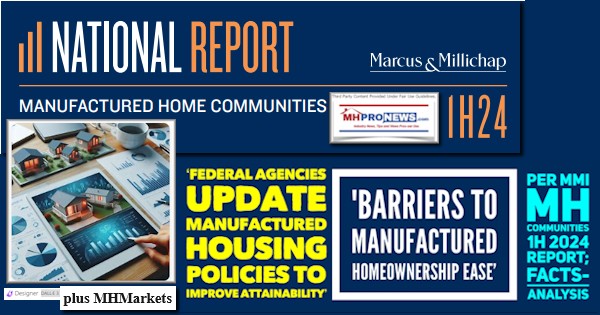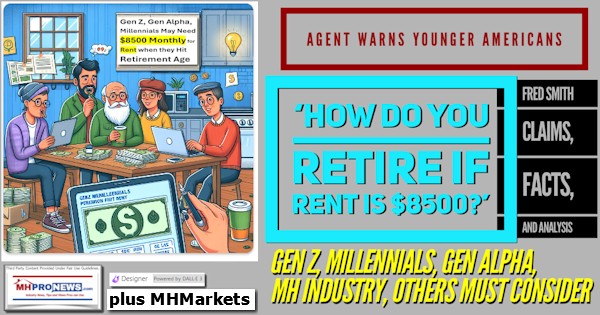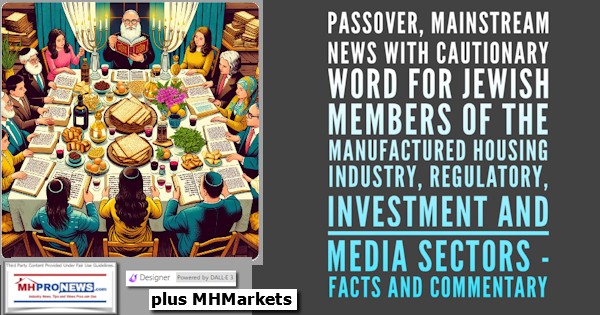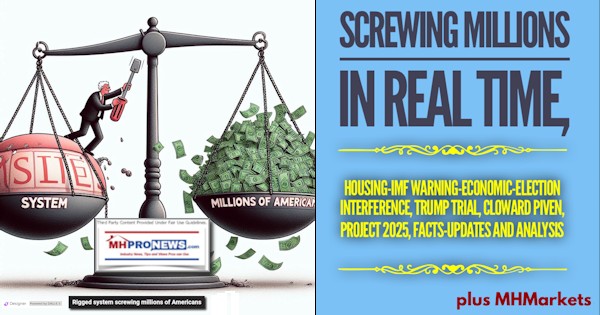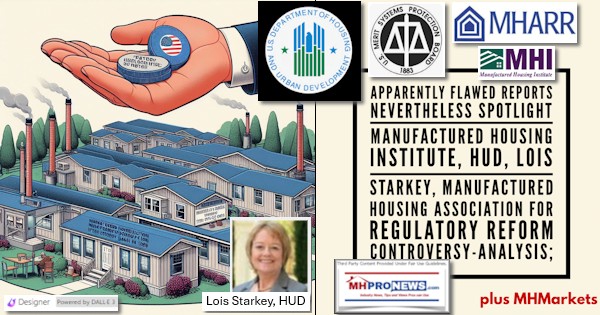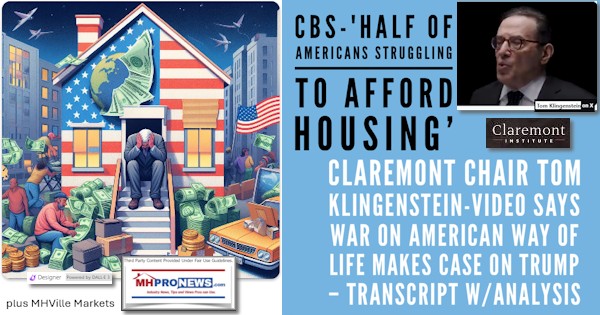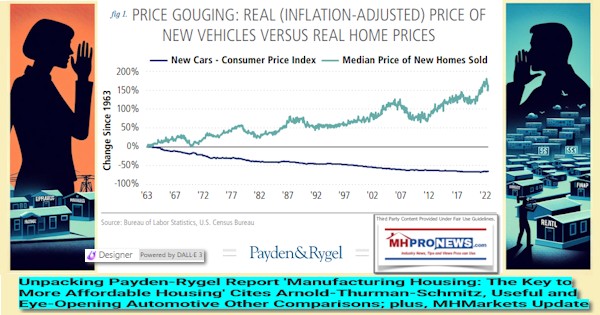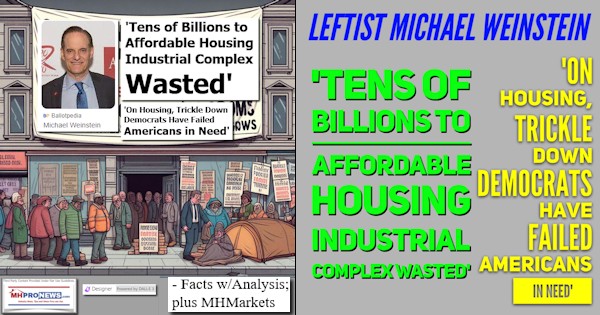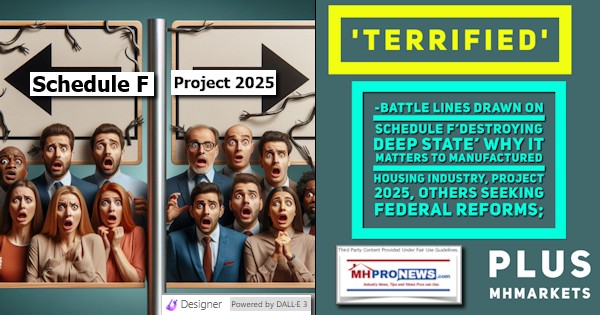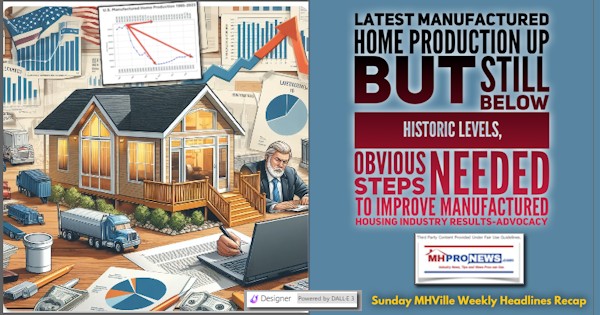
“All of this change – without the benefit of actual rulemaking (as required by the 2000 law) — was touted by HUD (and others), at the time, as a money-saver. But it has not worked out that way,” – M. Mark Weiss
A news and analysis from M. Mark Weiss, President and CEO of the Manufactured Housing Association for Regulatory Reform (MHARR), digs into the Department of Housing and Urban Development (HUD) manufactured housing program enforcement system.
First published in the October 2016 edition of The Journal, Weiss turns to data to show that the HUD system is overly dependent on paid contractors.

“MHARR, its fair to say, has been a consistent critic of a HUD manufactured housing program enforcement system that is overly dependent on paid contractors, and a contracting system that – in addition to being fundamentally non-competitive over its entire history — improperly allows contractors to perform inherently governmental functions and, worst of all, incentivizes contractors to find fault with the homes, plants and offices that they ‘audit,’” said Weiss.
“While all this is bad enough, HUD, since 2010, has made matters far worse with its unilateral program of expanded in-plant regulation, which changed the entire focus and nature of that regulation.
From the very start, MHARR (alone) went on record objecting to this change as not only being in violation of the Manufactured Housing Improvement Act of 2000, but also a make-work sop for the entrenched program monitoring contractor. And now there is specific data — ironically from the contractor itself — which confirms the fundamental “make-work” character of this program,” MHARR’s CEO said.
Weiss points to years of HUD related data.
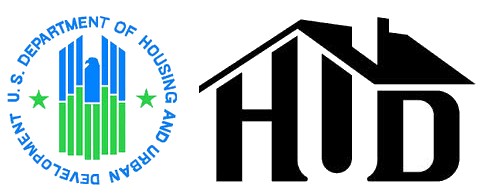
“…let’s review the known – and indisputable – facts,” said Weiss.
“Between 1998 and 2015, the production of HUD Code manufactured homes fell from 374,143 to 70,544 homes per year, a contraction of approximately 81 percent. Records of HUD’s contract spending before 2005 are not readily available, though, so we’ll focus on the period between 2005 and 2015.
During that ten-year period, HUD Code production fell from 146,881 homes in 2005, to – again – 70,544 homes in 2015, or a contraction of just under 52 percent. Now, one would think, during an extended period of declining production covering multiple contract terms, that the amounts budgeted (and paid) for contract “monitoring” services (as defined in the 2000 reform law) would have declined, roughly in proportion to the decline in production (adjusted for inflation).”
Weiss says, “But that did not happen. Budget justifications submitted by HUD to Congress each year between Fiscal Year (FY) 2005 and FY 2017, show that budgeted payments to the program-monitoring contractor remained effectively constant until FY 2010.”
Weiss continued to point to the data cited in his article.
“In 2008, with HUD Code production in free fall, the HUD program (through its then-Administrator) approached the Manufactured Housing Consensus Committee (MHCC) with proposed changes to the in-plant regulatory system, including, among other things, the role of Primary Inspection Agencies (PIAs), the nature of the “inspections” and corresponding reports provided by PIAs, and the ‘monitoring’ of those activities by HUD, though the program’s one – and only – ‘monitoring’ contractor.

“After fully debating this series of disconnected and disjointed HUD proposals, the Committee ultimately determined that it could not reach the consensus required by the 2000 reform law. And the matter should have ended there, but did not,” Weiss said.
“Contemporaneously with the de facto rejection of these proposals by the MHCC, the HUD program, without further consultation with the MHCC, began to develop and — by March 2010 – implement, the paper blizzard of “Standard Operating Procedures,” “guidelines,” “field guidance,” flow charts and other pseudo-regulatory mandates that changed the fundamental focus of the in-plant regulatory system to the review (and modification) of manufacturer ‘quality control’ systems.”
Weiss cites that with expanded in-plant regulation came multiple new reports and paperwork by manufacturers, PIA’s, and the monitoring contractor, which then turned into multiple reviews of those reports, multiple layers of meetings and the use of “consultants” between manufacturers.
“All of this change – without the benefit of actual rulemaking (as required by the 2000 law) — was touted by HUD (and others), at the time, as a money-saver,” said Weiss.
“But it has not worked out that way.”
Weiss points out that once the program of expanded in-plant regulation went into effect (in 2010) budgeted funding for the contractor – despite declining production, numbers of manufacturers, numbers of manufacturing plants and numbers of retailer locations – began to increase, and has increased at an accelerating rate ever since.
“Naturally, in order to keep pace with these rising contract expenditures at a time of substantially-reduced industry production, and with a new $25 million five-year contract awarded to the contractor in 2013, HUD – in 2014 – raised the certification label fee for every new manufactured home by a record-setting 156 percent, claiming, incredulously, that despite significant, long-term industry production declines, the magnitude of its ‘responsibilities’ remained ‘unchanged,’” said Weiss.

“While it has thus been obvious all along that this expanded in-plant regulation has been all about maintaining and increasing contractor billings, revenues and de facto authority in the face of a prolonged industry downturn, there is now direct evidence showing that this is little more than a “make-work” enterprise for the contractor, as MHARR has maintained.”
Weiss cites that rather than a legitimate and bona fide inspection system, the HUD program of expanded in-plant regulation is a “paper chase,” with high, and rising, costs in return for little or no corresponding consumer benefits.
“In MHARR’s view, with a new administration taking office in Washington in 2017, the industry and consumers have an opportunity to seek real and necessary change in the HUD enforcement system to reduce unnecessary costs and regulatory burdens through fundamental contract reform, while preserving consumer protection and the bedrock quality and affordability of today’s manufactured housing,” said Weiss. ##
(Editor’s Note: for more commentary from Weiss on HUD from earlier this year, click here.)
(Image credits are as shown above.)

Submitted by RC Williams to the Daily Business News for MHProNews.







